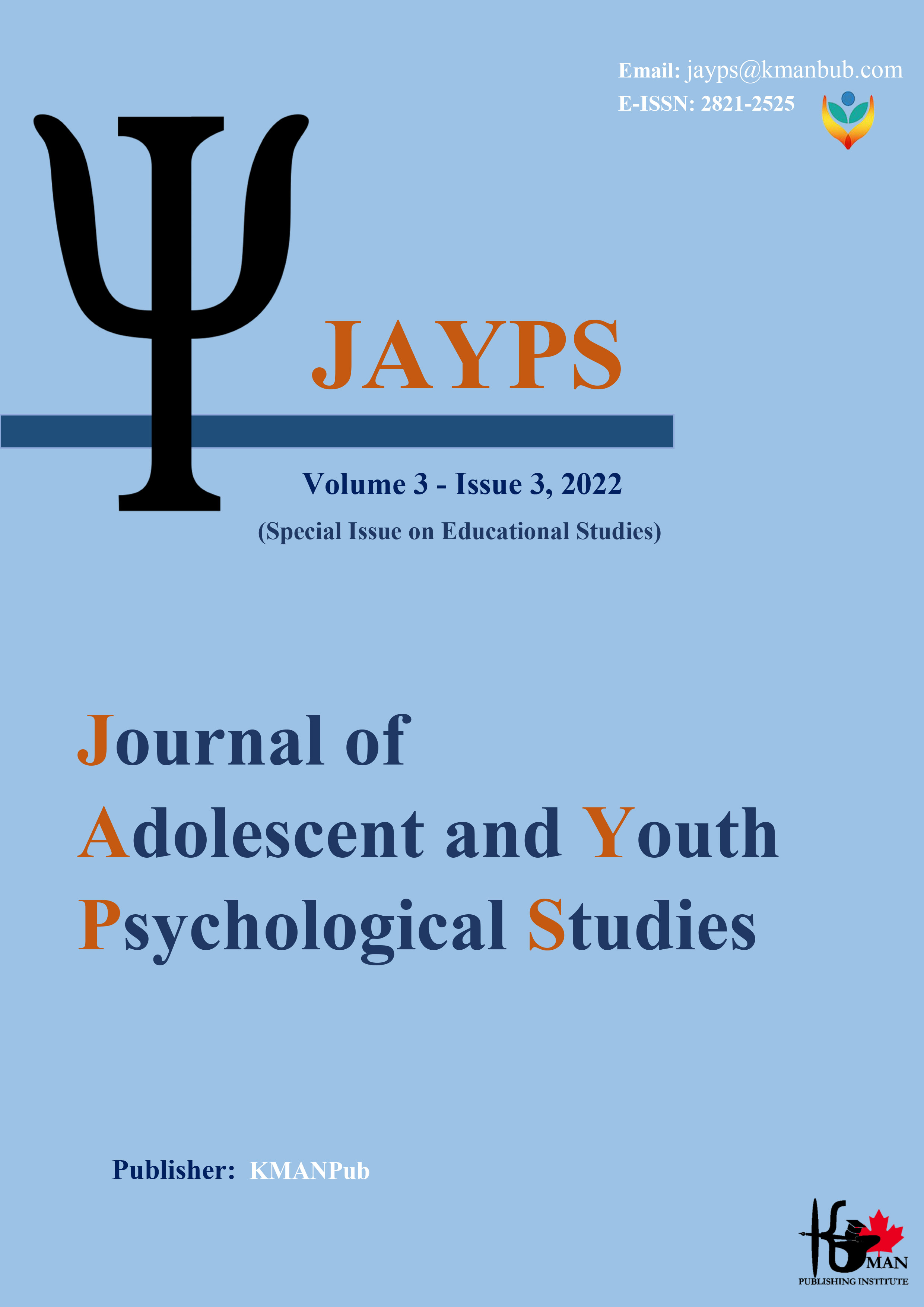Designing a role-playing model for schools as the focus of students' educational experiences
Keywords:
The role of schools, educational experiences, the hidden and obvious role of schoolAbstract
Background and Aim: The most important and main mission of the school are the students, on whom the main and initial investment should be focused. The educational system is faced with the education of a generation that must prepare them for social life, neglecting the conditions and requirements and necessities of social life causes learners to not learn the necessary skills to adapt to society and suffer serious harm; Therefore, the purpose of this research is to design the role-playing model of schools as the center of educational experiences of students. Methods: The research method is mixed (qualitative-quantitative). In the qualitative part, ground theory method with MAXQDA12 software was used to identify the indicators related to role-playing of schools as the focus of students' educational experiences. The statistical population in this research was all the experts in the field of education and school principals, the vice president of education of Tehran city administration, which was conducted with 17 interviews. In a small part, the developmental-applied method was used. The statistical population of the quantitative part included all managers, experts, and educational assistants of government and non-government schools in six education regions (one, six, nine, thirteen, sixteen, and nineteen) and Cochran's formula was used for the sample size. Based on this, 356 people in this section were selected as the sample size and stratified randomly. Results: The results of the qualitative part led to the identification of 167 indicators, 35 components and 6 dimensions in two hidden and visible functions of schools. In the quantitative stage, the impact of underlying factors with a coefficient of 0.957 on strategic strategies and the impact of strategic strategies on the resulting outcomes was 0.953, which were the most influential. Conclusion: Finally, the final model with 167 indicators and 35 components and two functions (hidden and overt) was drawn and for this model philosophy and goals, theoretical foundations, implementation mechanisms, principles of implementation and feedback were designed and evaluated and validated by 30 experts.
Downloads
Downloads
Published
Issue
Section
License

This work is licensed under a Creative Commons Attribution-NonCommercial 4.0 International License.









